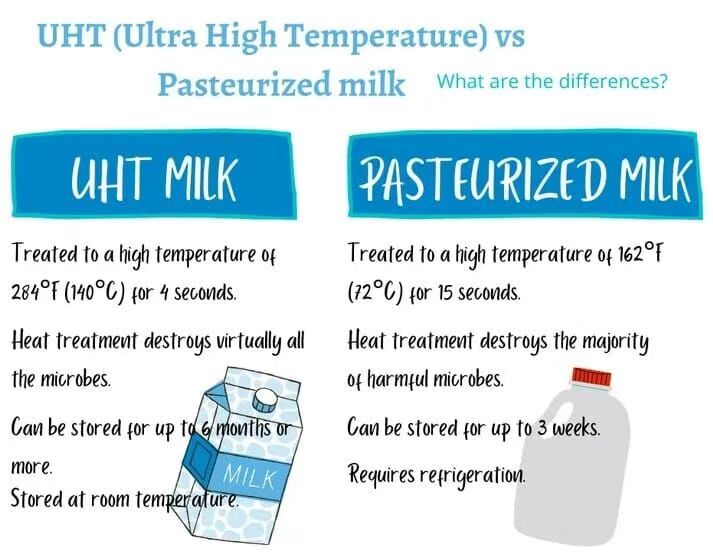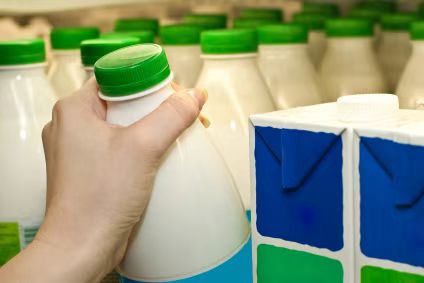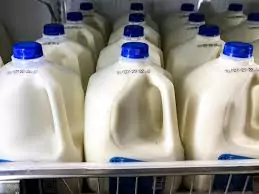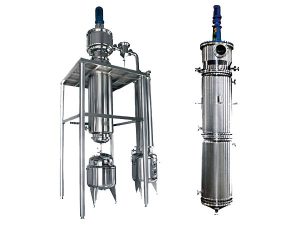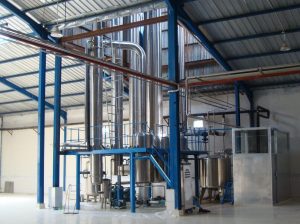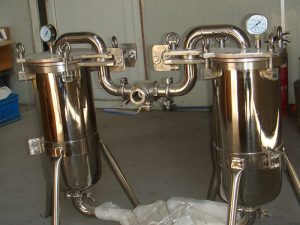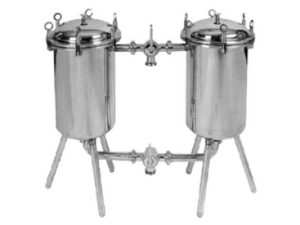In today’s fast-paced food industry, consumers and manufacturers alike are seeking safe, nutritious, and long-lasting food and beverage options. Ultra-High Temperature (UHT) treatment has emerged as a powerful processing method that enhances the shelf life and safety of various liquid products—particularly in the dairy and juice sectors. But what is UHT processed, and why is it increasingly favored over traditional methods?
Table of Contents
ToggleWhat Is UHT Treatment and How Does It Work?
UHT, or Ultra-High Temperature treatment, refers to the rapid heating of a liquid product to temperatures between 135°C and 150°C for just 2 to 5 seconds. This brief exposure to intense heat effectively eliminates harmful microorganisms—such as bacteria, yeasts, and molds—without significantly compromising the product’s flavor or nutritional value.
Unlike traditional pasteurization, which requires refrigeration and has a shorter shelf life, UHT treated products can be stored at room temperature for 6 to 9 months when sealed in aseptic packaging.
5 Key Advantages of UHT-Treated Food and Beverages
| Advantage | Description |
|---|---|
| Extended Shelf Life | Can be stored at room temperature for 6–9 months without refrigeration. |
| Nutritional Preservation | Keeps most essential vitamins and minerals intact despite high temperatures. |
| No Chemical Preservatives | Safe without added preservatives; ideal for clean label products. |
| High Safety and Stability | Kills harmful bacteria, making it safer for children, elderly, and all consumers. |
| Convenience | Easy to store, ready to use anytime, and reduces food waste. |
Extended Shelf Life Without Refrigeration
One of the most cited advantages of UHT milk and other UHT-treated products is their extended shelf life. Because the sterilization process kills virtually all microbes, the product remains stable at ambient temperatures. This benefit is particularly useful for regions with limited refrigeration infrastructure or for manufacturers looking to reduce cold chain logistics.
Learn More: Uht vs Pasteurized Milk
Preservation of Nutritional Value
Despite the high temperatures involved, the short duration of UHT treatment preserves most of the essential vitamins and minerals, making UHT milk and beverages nutritionally comparable to their fresh counterparts. This strikes a balance between food safety and nutritional integrity.
No Need for Chemical Preservatives
UHT processing eliminates the need for artificial preservatives. This is especially attractive to health-conscious consumers seeking clean label products. With UHT in milk and juice, safety is achieved through thermal sterilization rather than chemical additives.
Guaranteed Safety and Microbial Stability
UHT-treated products are free from pathogenic and spoilage organisms, making them safer for vulnerable populations such as children, the elderly, or those with compromised immune systems. In the case of dairy, UHT treated milk is a trusted option in regions where milk contamination is a concern.
Convenience for Modern Consumers
The convenience of shelf-stable beverages cannot be overstated. Consumers can store UHT milk or plant-based alternatives in their pantry and use them on demand—without worrying about spoilage. Whether you’re making a quick coffee or grabbing a juice box for lunch, UHT processed options save time and reduce waste.
Conclusion
UHT processing represents a breakthrough in food and beverage safety, convenience, and sustainability. Whether applied to dairy milk, plant-based alternatives, or juices, it enables longer shelf life, improved safety, and fewer additives—all without sacrificing nutrition or taste.
As more consumers seek healthier, eco-conscious products, the advantages of UHT milk and beverages are clearer than ever. By understanding what UHT processed means, both consumers and producers can make smarter, more sustainable choices in the food industry.

